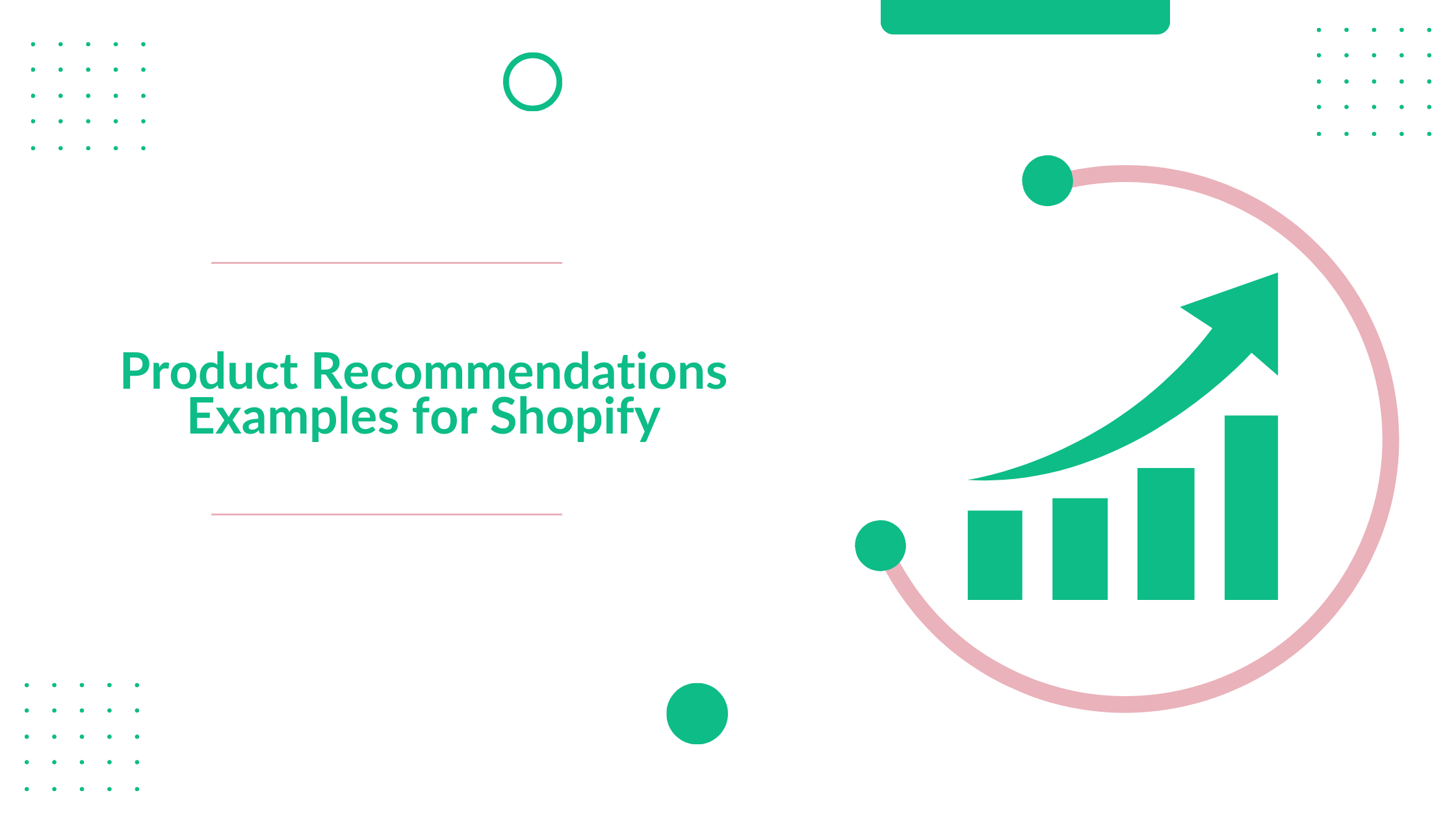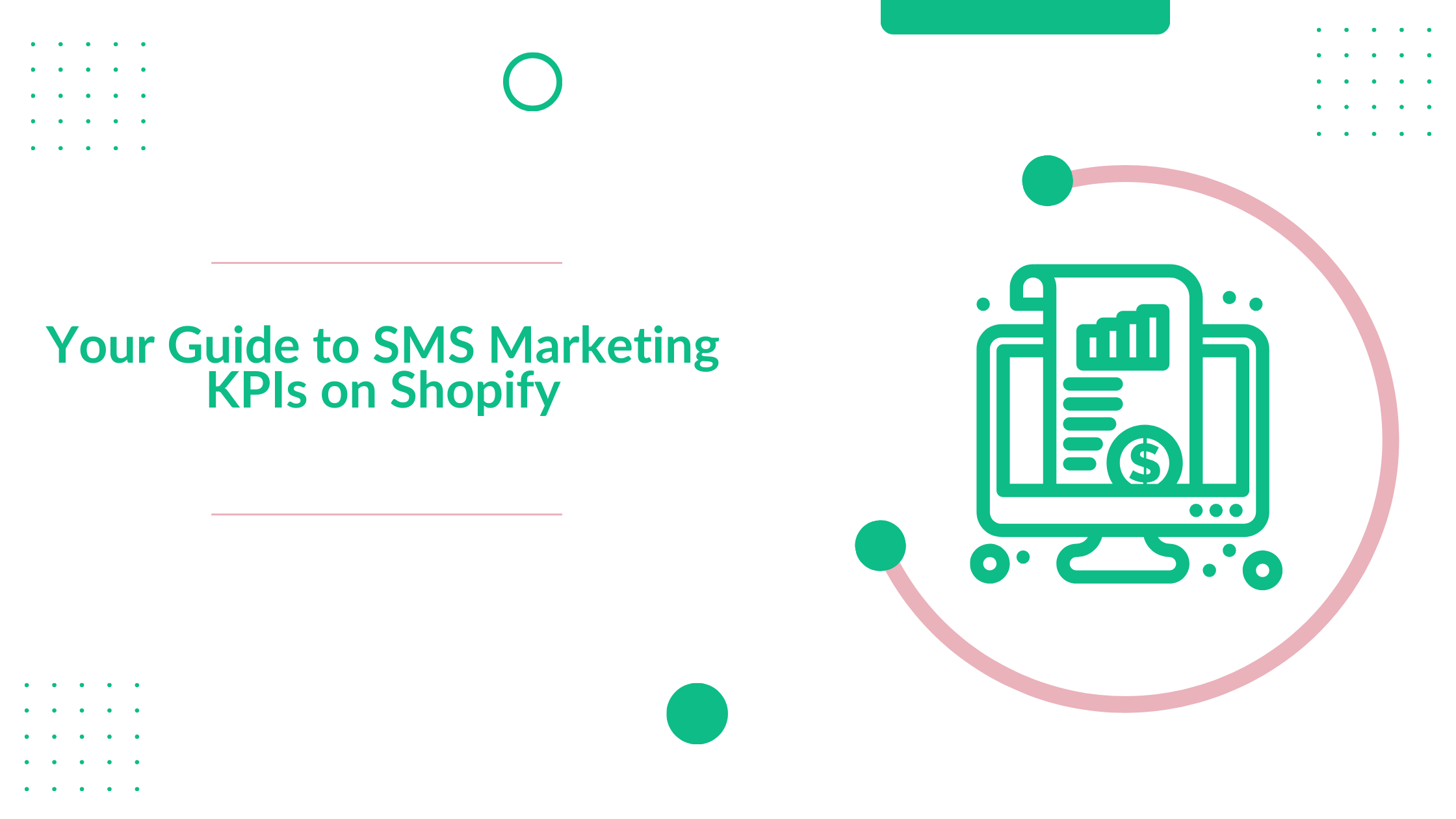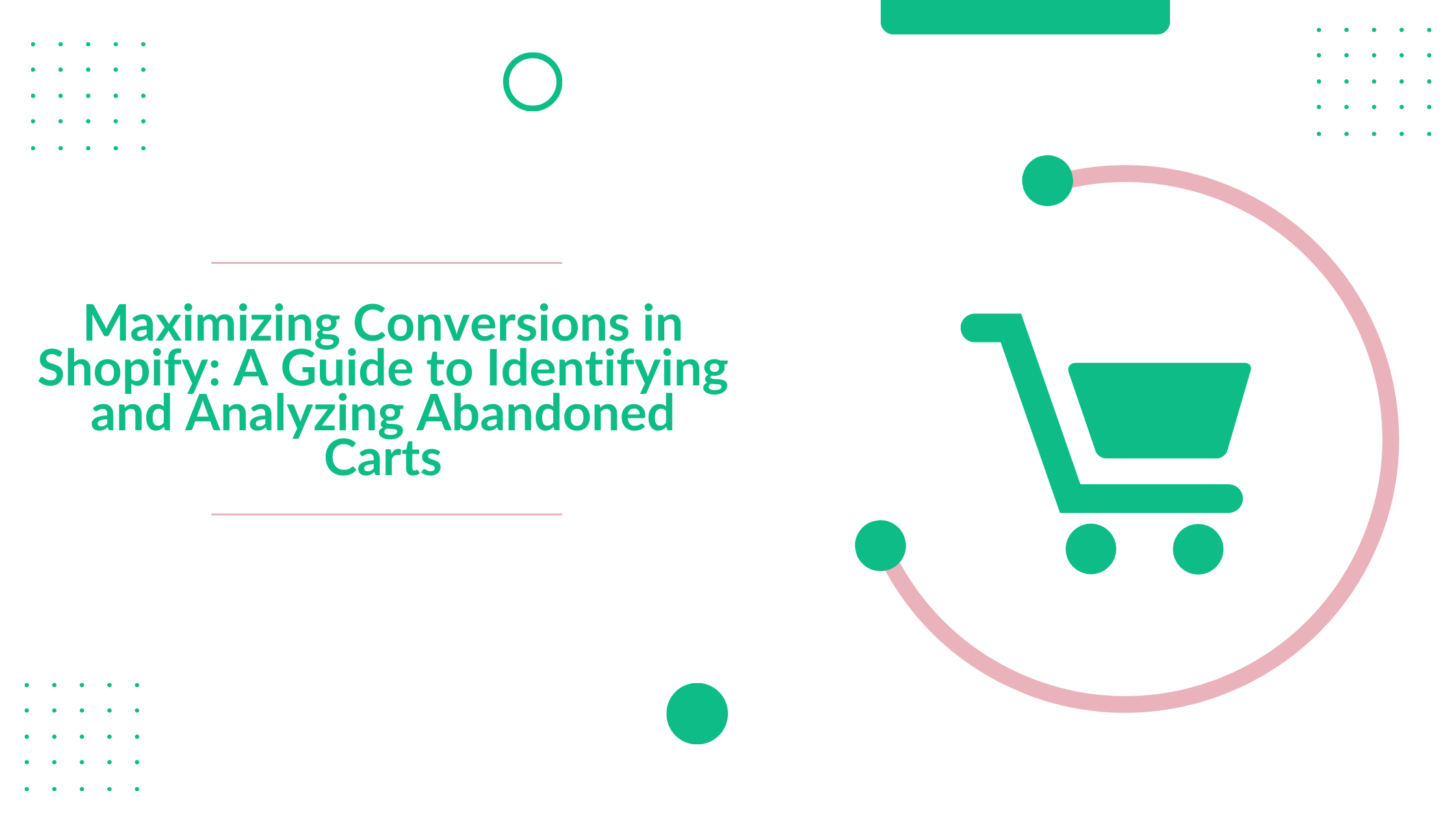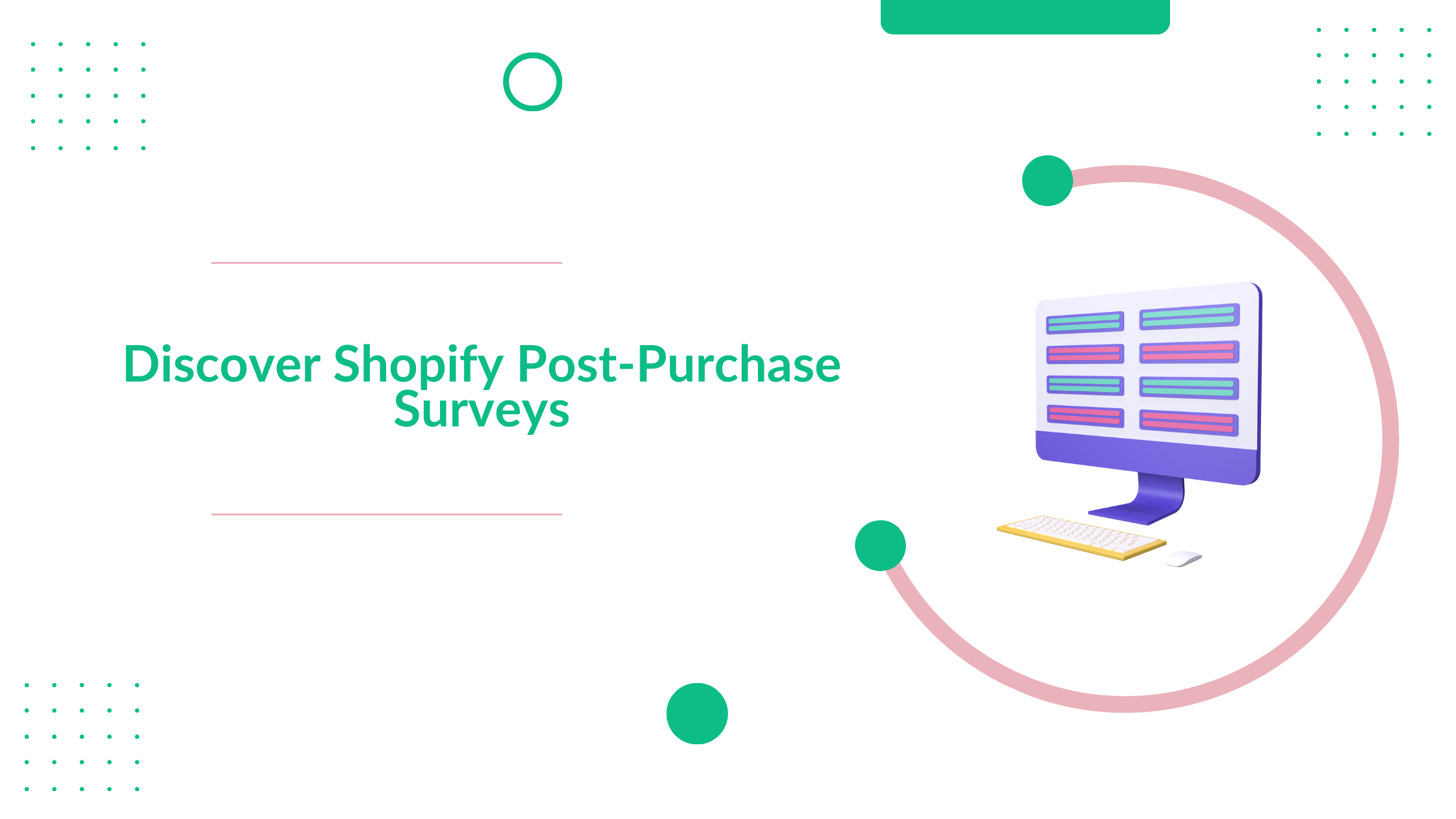· marketing · 5 min read
Product Recommendation Examples for Shopify
Supercharge your Shopify sales with expert product recommendation strategies. Learn how to feature products effectively, promote daily offers, and optimize for seasonal events. Elevate your online store's performance today!

In the fiercely competitive world of e-commerce, the art of product recommendation can be a game-changer. It’s not just about suggesting items to your customers; it’s about showing them what they want even before they realize it. Effective product recommendations can increase sales, enhance the customer experience, and build brand loyalty. In this comprehensive guide, we’ll explore a variety of product recommendation examples and strategies tailored for e-commerce shop owners. From featuring products on the homepage to promoting daily offers, highlighting new arrivals, and harnessing the power of seasonal sales, we’ll cover it all.
The Power of Product Recommendations
Before diving into specific strategies, let’s understand why product recommendations matter:
Enhanced Personalization: Recommending products based on a customer’s browsing and purchase history creates a more personalized shopping experience, increasing the likelihood of a sale.
Increased Average Order Value (AOV): When customers are shown complementary or higher-priced items, they’re more likely to add them to their cart, boosting your AOV.
Improved Customer Retention: Providing relevant recommendations keeps customers engaged, encouraging them to return for more shopping.
Reduced Bounce Rate: By enticing customers to explore more products, you can reduce bounce rates and increase time spent on your site.
Now, let’s delve into specific product recommendation strategies.
1. Homepage Featured Products
The homepage is your digital storefront, and it’s prime real estate for showcasing your best products. Here are some effective ways to feature products on your homepage:
Trending Now: Highlight products that are currently popular among your customers. Use a section like “Trending Now” to grab attention.
Best Sellers: Showcase your top-selling items to build trust and encourage purchases.
Seasonal Picks: If it’s a particular season, such as summer or winter, promote products that align with the current weather or holidays.
Customer Favorites: Use customer reviews and ratings to identify customer-favorite products and give them prominent placement.
2. Daily Deals and Offers
Daily offers create a sense of urgency and excitement, encouraging shoppers to make quick decisions. Here’s how to promote them effectively:
Countdown Timers: Use countdown timers next to daily offers to create a sense of urgency.
Limited Quantity: Mention limited stock to add a scarcity element, motivating customers to buy before items run out.
Flash Sales: Announce flash sales with bold banners or pop-ups to capture immediate attention.
3. Highlighting New Arrivals
New arrivals represent freshness and innovation. Use these strategies to put new products in the spotlight:
New Arrivals Section: Create a dedicated “New Arrivals” section on your homepage or category pages.
Featured in Email Campaigns: Send dedicated emails to your subscribers introducing new products.
Social Media Teasers: Use your social media platforms to tease and generate excitement around upcoming arrivals.
4. Seasonal Sales and Promotions
Seasonal sales are a great opportunity to boost revenue. Here’s how to leverage product recommendations during seasonal events:
Themed Collections: Curate products around a specific theme for the season, such as “Summer Essentials” or “Holiday Must-Haves.”
Bundling Deals: Offer discounts on product bundles that make sense for the season, like “Winter Warmth Set.”
Gift Guides: Create gift guides for holidays, making it easy for customers to find the perfect presents.
Post-Season Clearance: After the season ends, highlight clearance sales to clear out remaining inventory.
5. Personalized Recommendations
Harness the power of data and algorithms to provide individualized recommendations:
Frequently Bought Together: Suggest products that are commonly purchased together, such as recommending a phone case when a customer buys a smartphone.
Based on Browsing History: Show products similar to those the customer has previously viewed, enticing them to explore further.
Post-Purchase Recommendations: After a purchase, recommend complementary items or accessories to enhance the customer’s experience.
6. User-Generated Content
Leverage user-generated content (UGC) to bolster trust and engagement:
Customer Reviews: Encourage customers to leave reviews and display them alongside products.
User Photos: Allow customers to upload photos of themselves using your products, providing real-world examples.
UGC Widgets: Integrate UGC widgets that display customer-generated content, showcasing how others are enjoying your products.
7. Cross-Sell and Upsell Recommendations
Cross-selling and upselling are essential for increasing AOV:
Cross-Sell: Suggest related products that complement what the customer is currently viewing or purchasing. For instance, if they’re buying a camera, recommend camera accessories.
Upsell: Encourage customers to opt for a higher-priced item with better features. For instance, if they’re looking at laptops, suggest the premium model with more advanced specifications.
8. A/B Testing and Optimization
Don’t forget to continuously A/B test and optimize your product recommendation strategies:
Test Placement: Experiment with different placements for recommendations, such as on the homepage, product pages, or in the cart.
Content Variations: Test different types of content, like images, carousels, or simple text recommendations, to see which resonates best with your audience.
Algorithm Tuning: Refine your recommendation algorithms based on user behavior and feedback to improve relevance.
Conclusion
Effective product recommendations are a potent tool in the e-commerce arsenal. They not only enhance the customer experience but also drive sales, increase AOV, and build brand loyalty. By strategically featuring products on the homepage, promoting daily offers, highlighting new arrivals, and capitalizing on seasonal events, e-commerce shop owners can harness the full potential of product recommendations. It’s time to take your e-commerce store to the next level and guide your customers toward discovering the products they’ll love, even before they know it.


